Greece in Autumn? Yes, please!
Greece is a wonderful place to visit out of season. In fact, Greece in autumn is son wonderful that I’ve been to Greece in the months of October well into November again and again.
Table of Contents
Autumn in Greece is still warm
You know, that time when for us Northern European it is time to dig out the winter coats, boots and moan that it is already dark by the time you leave work, is the time to go to Greece, even for a short break. Fill any available space with UV light, your brain with a good mood, and put on 3kg of winter fat.
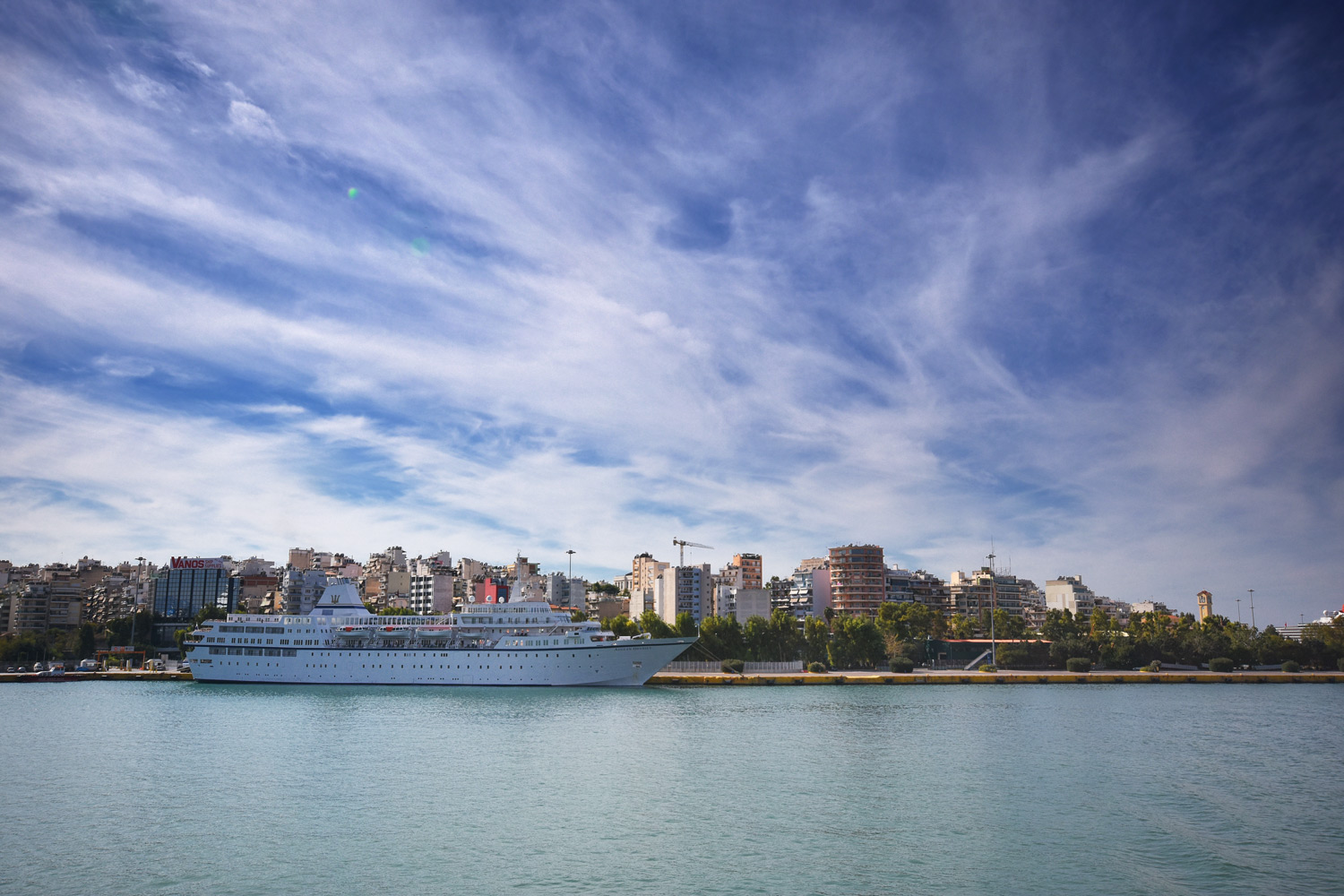

I love Greece, and I have only visited a few places, and it has been my ambition to return for many years- but I love to stay at home in the height of summer. We live near a lake, we have no children at school, it can be a bit tricky to get leave in the summer when all your colleagues with children do, and prices tend to be higher for any type of travel in summer. Autumn is the perfect time to go.
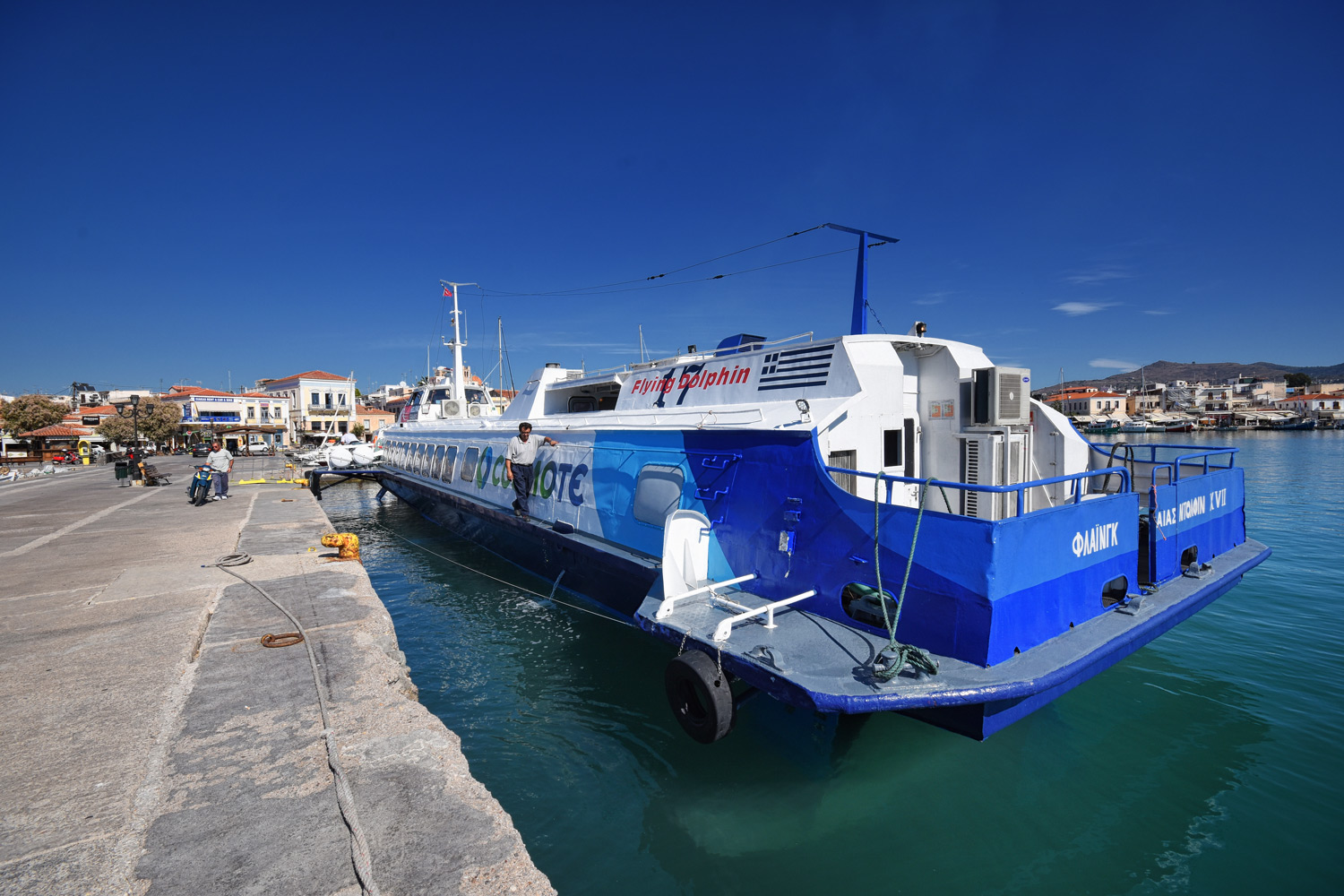
Where to go in Greece in Autumn?
It depends where you go, though. Two years ago, I was in Thassos in mid-October, only to find many restaurants closed and the air a bit chilly after by swim in the sea. The Northern city of Thessaloniki, on the other hand, was bustling, but not with tourists. I have been told that in Crete, you can swim in the sea until late November.
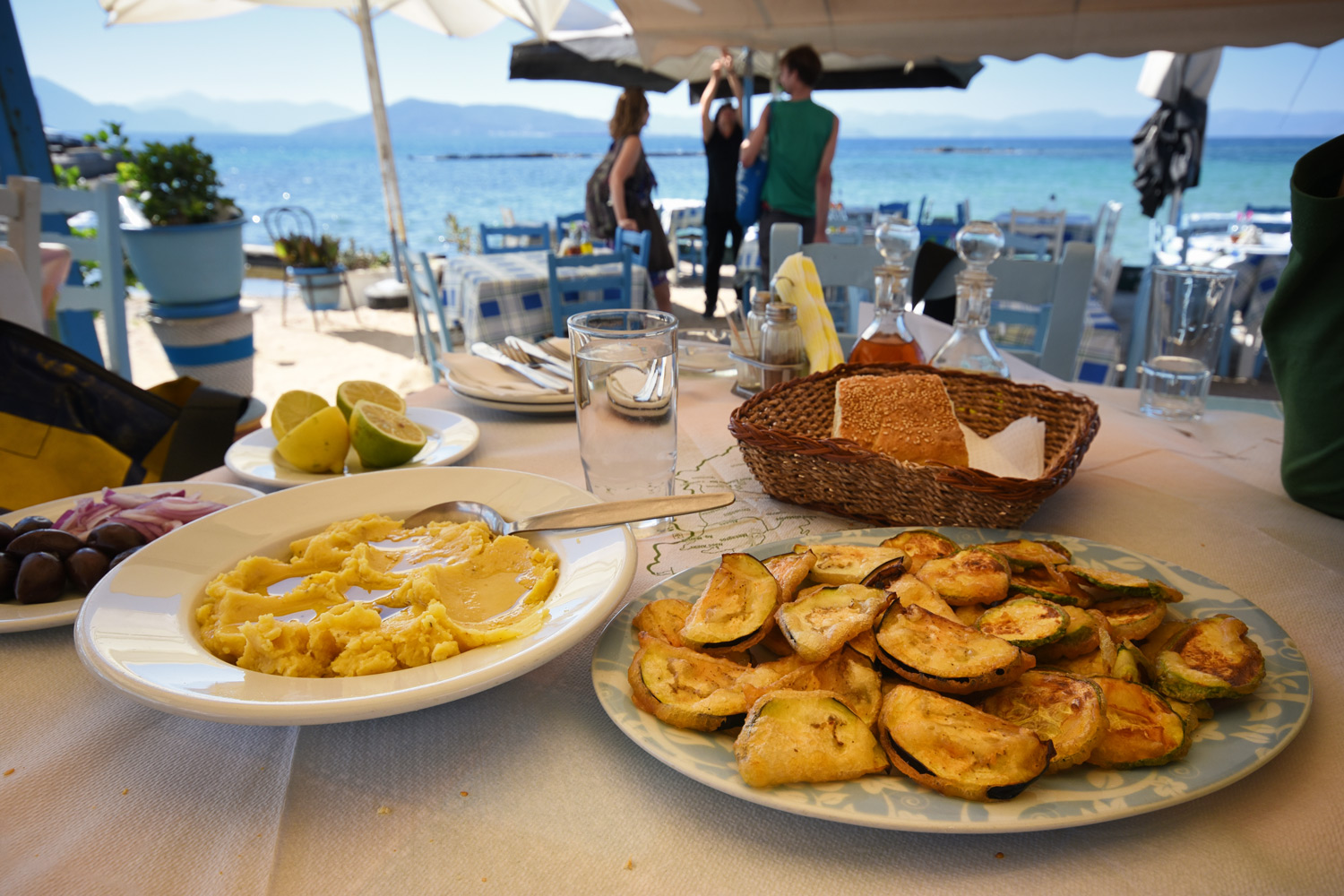
Our short break took us to Athens and Aegina
So this time, we had five days and choice of flights to either Athens or Thessaloniki. Athens it is, then. Plus a bit of suntanning and swimming, please. You can take a bus from Athens Airport (X96) and be in Piraeus Harbour within 90 minutes (or take a budget flight to one of the islands), but some ferries leave infrequently and take hours, so let’s pick something closer to our Athens base. We chose the Argo-Saronic Islands and Aegina in particular, because they are really close to Athens (40min by that retro hydrofoil called Flying Dolphin, or 1.5 hours by ferry), they are not really overrun with visitors and hotels are four storeys at most, and because I wanted to return to Palaeochora (more on that later).
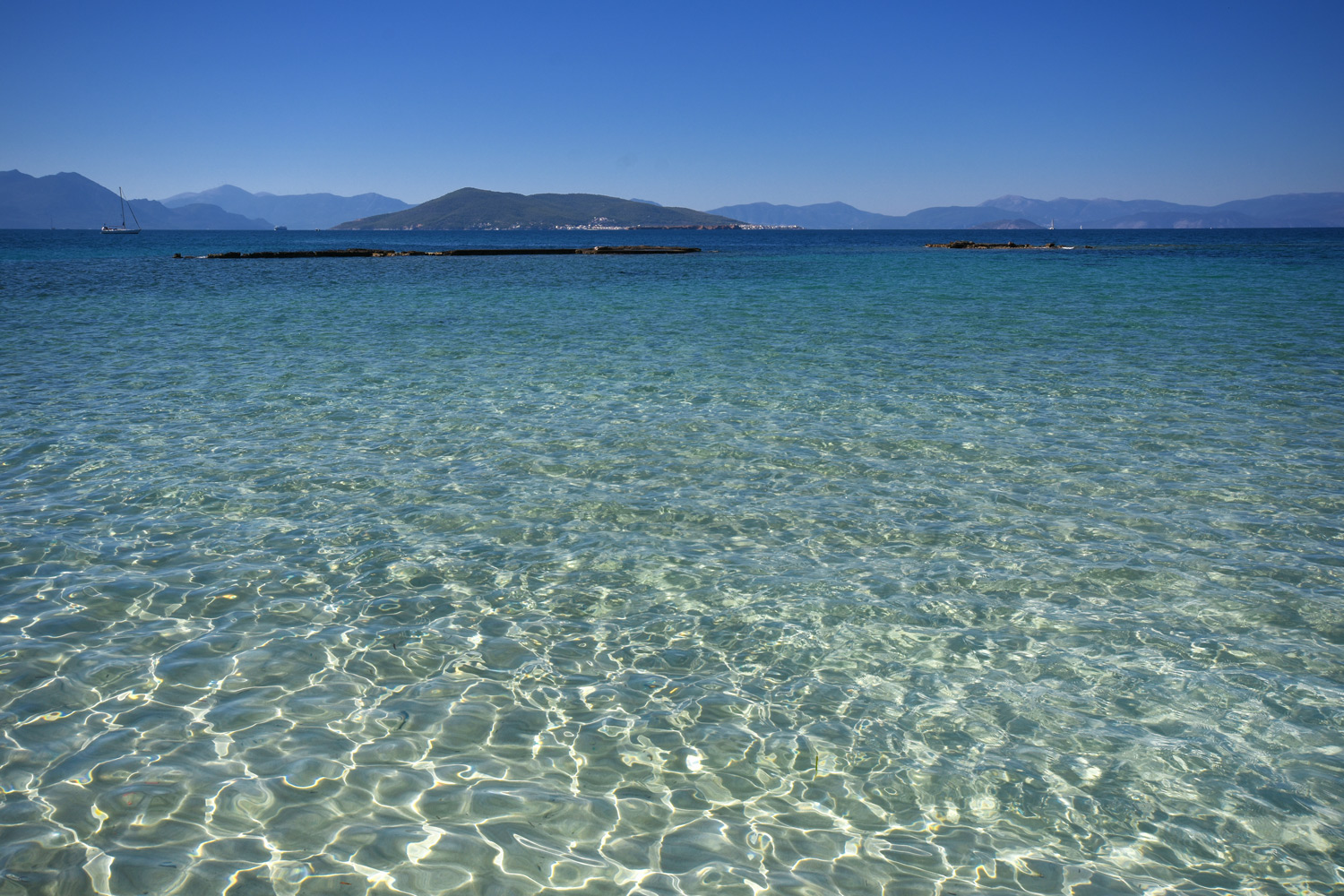



I have been to Poros, Hydra and Spetses, too, and they are all great in their own way, but Aegina is probably the largest, with over ten daily hydrofoil/boat departures the most easily accessible, and it holds an extremely well-preserved Doric temple, remains of an ancient capital with over 30 preserved churches, many of them of Byzantine Origin, very clean water, some decent beaches… and a nice relaxed island vibe. So we decided to visit Aegina and Athens.
Oh, and we only had five days! What can you do in five days? Can you see a city AND lie on the beach? Yes you can!
We flew to Athens on Sunday night. Arrived late, took a bus straight to Piraeus. Had our first good food shock. Two fresh gyros/veggie wraps and soft drinks for 5 EURO? Whoah.
Day 1
Boat to Aegina Town, arrived in the late morning, and went straight to the beach. And sometime in the evening changed to the waterfront and its cafes…
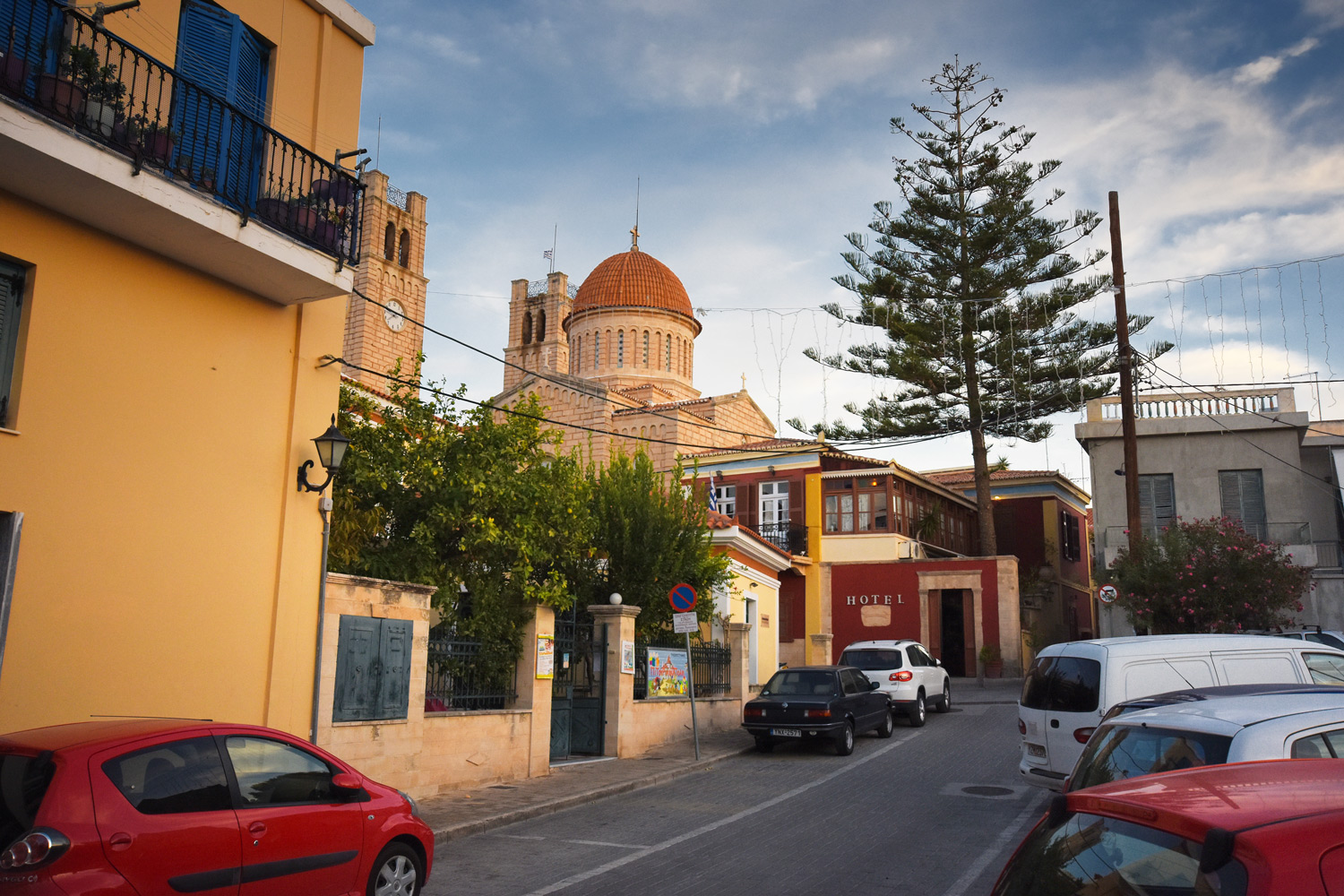

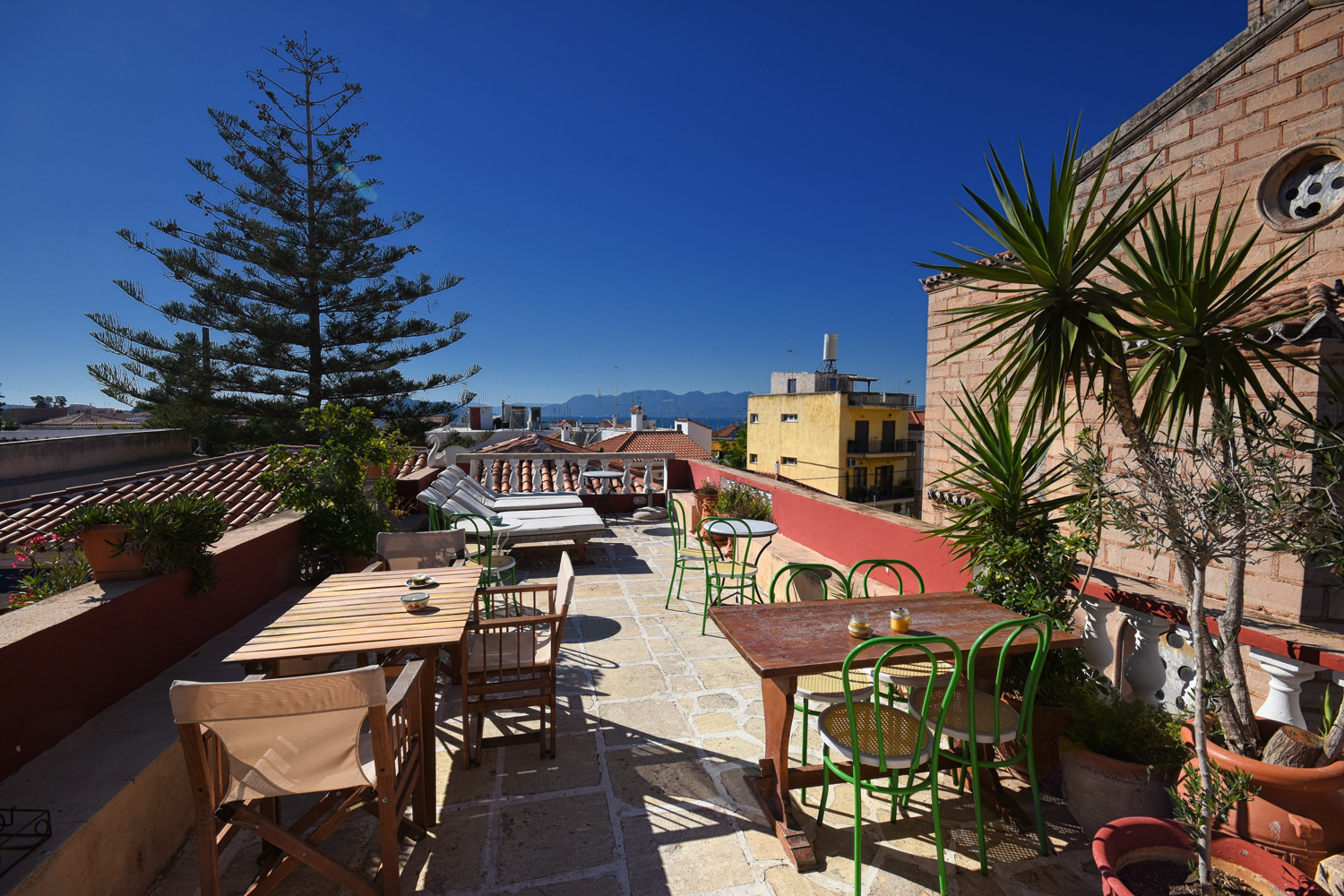
When you have little time and visit out of season, I would recommend Aegina Town as a base. Its a pretty town with all services yet has some nice beaches in walking distance. We stayed at a small hotel called Aeginitiko Archontiko which is friendly and has bags of style and an owner who loves to bake – so the breakfasts were real sweet feasts. It is simple, but served us well. Perdhika is beautiful, but has mainly stone beaches, and there is really not much going on out of season though most waterfront restaurants remain open. Bank? Supermarket? No idea. We found Agia Marina pretty dead out of season – most restaurants were shut, and waterfront properties actually boarded up.
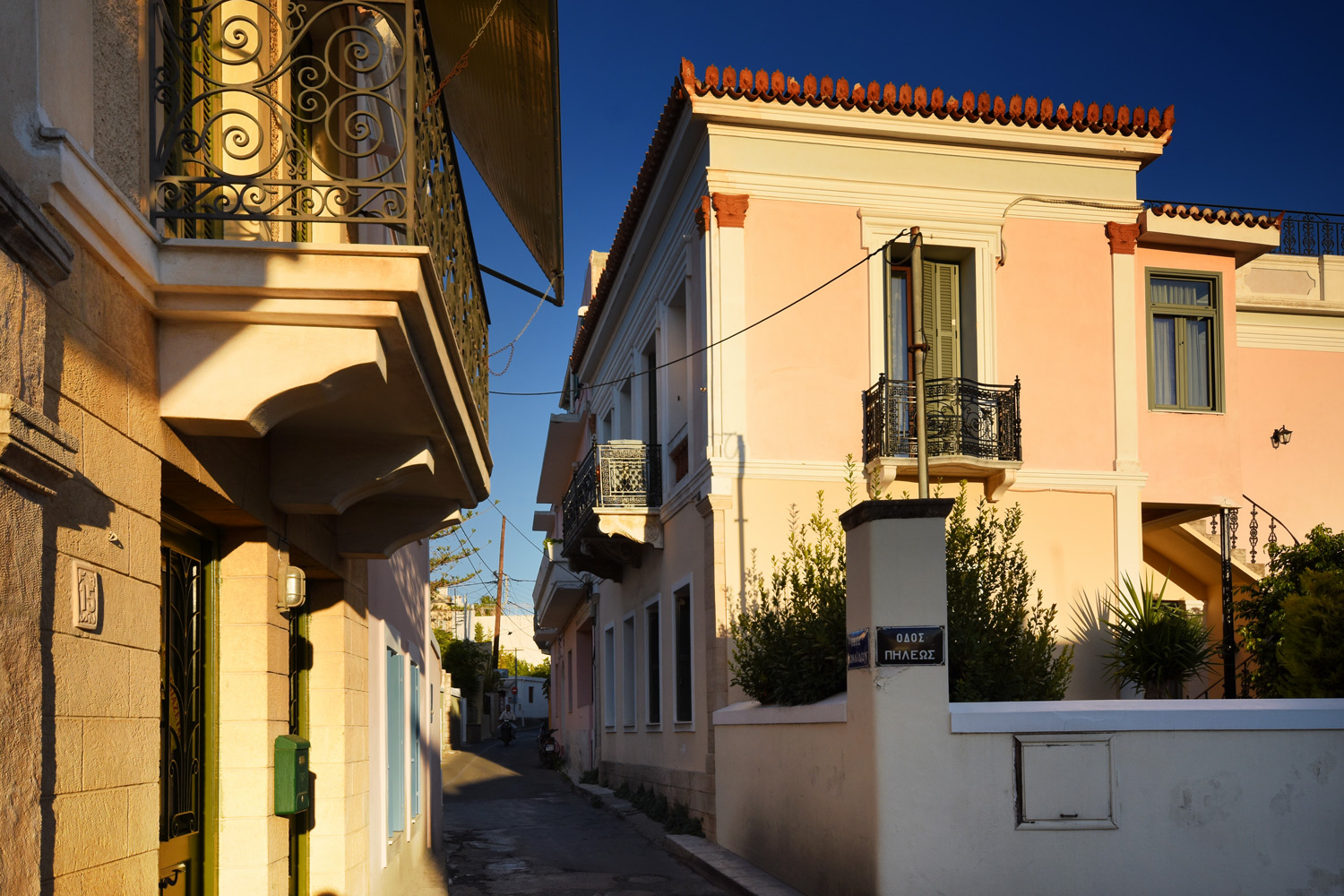
Day 2
We rented scooters (they are cheap, but those cheap ones may miss a light or more) and drove to the convent of Agios Nektarios, walked around Palaeochora, visited the temple of Aphaia, sat by the sea in Perdhika, swam at Marathon Beach and dinner in one of the many restaurants in Aegina Town: the seafront places are nice – some are more generic touristy, some others are a mixture of visitors and locals, but one or two streets back you get more restaurants. I especially recommend the ones right at the back of the fish market – not the most stylish but very fresh fish.

Day 3
Back to Athens in the morning! If you fancy it, you could walk up to the Acropolis… at present it costs 20 EUROs for the Acropolis alone, or 30 EURO on a combination ticket. If you buy a combination ticket, buy it at a different site (for example, the Ancient Agora or the small site of Lykeion right by the Byzantine Museum) as there are zero queues. However… even in October, the Acropolis and Acropolis Museum were very busy, and while the Acropolis is the top sight for many, I never quite understood it. Is it because it is so monumental? The Temple of Hephaistos by the Agora is much better preserved, a pretty impressive size yet hardly any one is there.
Day 4
Shopping? Get some Greek products. While the fish and meat at Central Market don’t make good souvenirs, the area is great to wander (not at night, though) and on one side of the central market and in Evripidou Street are many herb, spice and dried fruit and nut stalls that sell great quality. I couldn’t help but pop into Korres but you can also buy their products in any pharmacy! One last glance at the sea was taken in Vouliagmeni (you get as far as Glyfada by tram from Syntagma Square), and there are some nice fish restaurant with sea views in the area, and you could even swim there, but theoretically you could skip that and sit with a nice drink in one of the lesser visited residential areas of Kolonaki, Koukaki or Makriyanni.



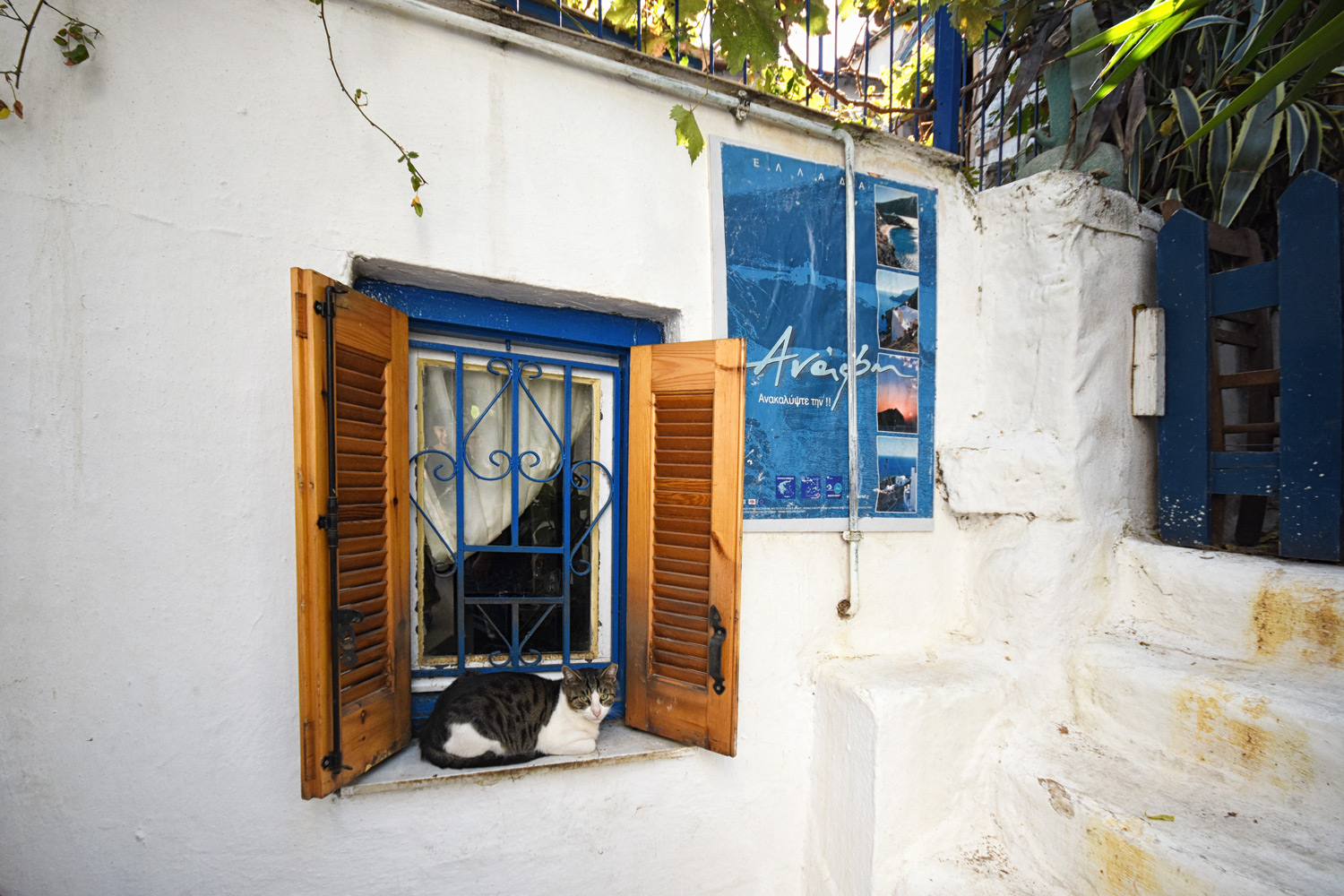
Day 5
We did something boring and had a hair cut, mainly for practical reasons – we paid about a third of what you would pay in Germany. And a very long breakfast in Koukai, the area we stayed in. Then, feeling somewhat guilty about the lack of serious culture, went to the Byzantine Museum – which is a real treasure and so quiet. For a moment, we contemplated on drinks on the rooftop of the Hotel Grand Bretagne in Syntagma Square which allegedly as good views and is very old school stylish, but we were not sure we would meet the required “smart casual” dress code – so we had an early dinner in Koukaki, already our luggage in tow, before leisurely strolling to the Airport Bus Stop at Syntagma Square.

What else could you do in Greece in autumn?
- Cyclades: They are amazing, and more popular islands like Santorini still have good connections (for example, Ryanair flies there from Athens) and you still get good connections to other fairly popular islands like Paros and Naxos at least once a day. I love Paros and Naxos, by the way: they are big and quite different from each other
- Crete: You can swim in the sea in Crete until November. Is that reason enough? Crete is a very popular holiday spot for Europeans, and the Northern Coast especially east of Heraklion is very developed. But you could strike a good deal here, or visit the coast west around Chania and Rethymnon. And as it is a very fertile island, every Greek I ask tells me the food here is a notch better than in any other region. For culture, you could visit the Minoan sites of Knossos. HOWEVER… there are reports that Crete tops the list of Greek places in reported numbers of animal abuse – just so you know.
- Rhodos: is a very different island with a somewhat different culture, having been under Crusader and Islamic Rule for a significant period. Sadly, reports of animal abuse come from Rhodos, too.
- Cyprus. I have never been, but I know it is an all-year destination here in European travel agents.

Essentially, just pick the more Southern places! Check that they have an infrastructure that suits you as a visitor. I would be really curious to visit many of the less known islands in the Aegean, sich as Andros, Tinos, Chios, Ikaria, and Samothraki, to name just a few that appear particularly attractive to me. Have you been there? Would you recommend them in general, and for travel in autumn going into winter in particular?
Practicalities
How to get to Aegina: Flying Dolphins from Piraeus about every hour or two, and a car ferry every three hours until the early evening. Most boats go to Aegina Town, and public transport from there can be tricky although there are some buses (and numerous taxis offering fixed price rides to the sights and major villages)
Where to stay: In low season, definitely Aegina Town. We stayed at the Aeginitiko Archontiko Hotel for approximately 45EURO per night. I book my hotels either directly or I use Booking.com for their flexible reservation policies, easy-to-navigate website and good customer service.
Things to See: Aegina Town has a couple of low-key museums and an excavation site near the harbour. Other sights are the Temple of Aphaia, Paleochora and the Monastery of Agios Nektarios. Perdhika is a sleepy picturesque village with boats to Moni if you desire more seclusion. Agia Marina is a resort centre with a lovely sandy beach but not much else to offer in low season.
Where to eat: The small pedestrian street running parallel to the road hugging the harbour has at least ten restaurants which all looked pretty good. There are three opposite the fish market, of which Geladakis is one, and a Cretan restaurant called Kriton Gefsis further along, which gets good reviews. Some rustic but greatly placed restaurants right by the sea in Avra Beach.
Disclosure: This trip was entirely self funded, and I have received no monetary or non-monetary rewards for linking aside from some affiliate links. For the simple process of linking to other businesses, I proclaim this unpaid advertising. I will only review and recommend places that I have stayed in myself. You can trust me for the complete, unbiased truth. More details on my affiliate link policy are here.
If you like this article and wish to read more on somewhat off-beat destinations and how to get there stylishly but not pay a ton of money, consider to Follow my blog with Bloglovin.
![]()